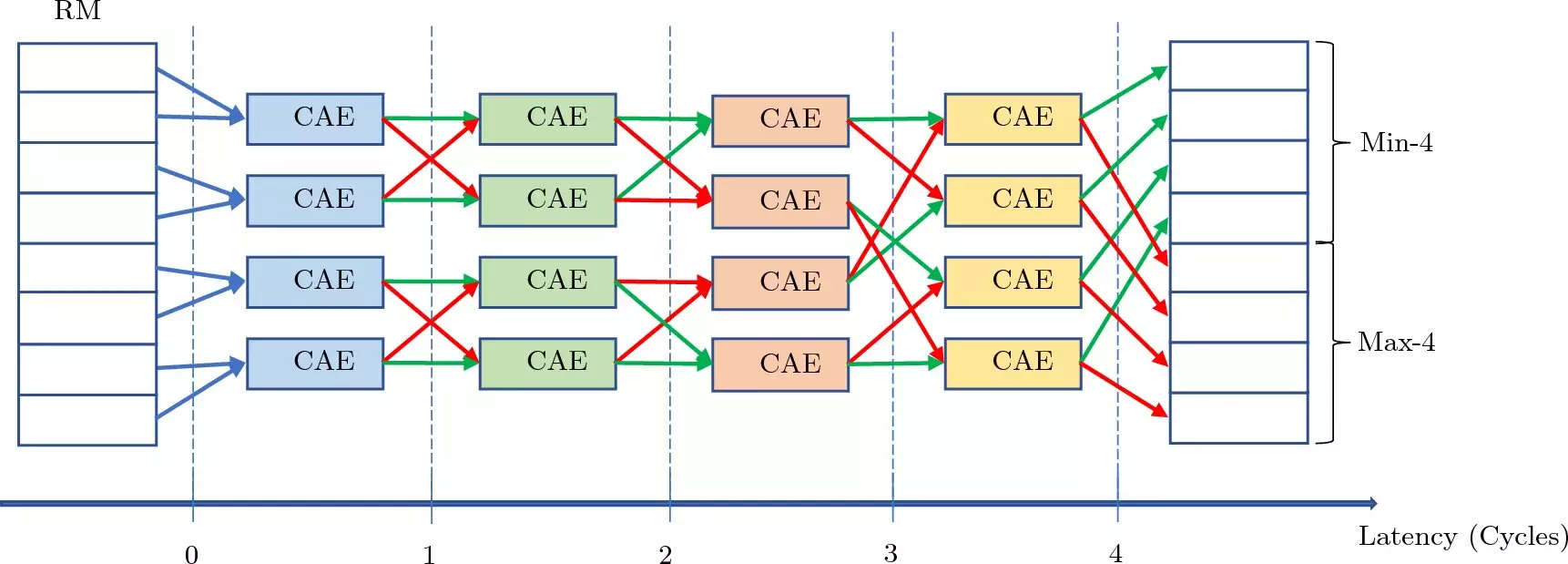Delving deep beneath the France-Switzerland border, scientists at the Large Hadron Collider are embarking on a remarkable journey to unravel the secrets of the universe. The collision of protons at nearly the speed of light within this massive device is recreating the conditions that prevailed right after the Big Bang, providing valuable insights into the fundamental nature of our existence.
While ordinary matter constitutes everything visible around us, scientists like Duke physicist Ashutosh Kotwal are on a quest to uncover the enigmatic dark matter that pervades the cosmos. Despite being five times more abundant than regular matter, dark matter remains invisible and its properties continue to elude researchers. By harnessing the power of the Large Hadron Collider, scientists are hopeful of shedding light on this elusive substance.
In a groundbreaking endeavor described in the journal Scientific Reports, Ashutosh Kotwal is incorporating artificial intelligence to capture fleeting clues that may lead to the revelation of dark matter. By treating detectors as giant 3D digital cameras, researchers are aiming to photograph the intricate spray of particles emanating from proton-proton collisions. The elusive nature of dark matter necessitates a vigilant eye, as it may manifest as heavy charged particles that swiftly decay into invisible dark matter particles, leaving behind only a mysterious disappearing track.
Handling an immense volume of data poses a significant challenge for scientists at the Large Hadron Collider. With detectors capturing 40 million snapshots of particle interactions per second, identifying the rare occurrences of interest becomes akin to finding a needle in a haystack. Among the multitude of images generated, only a fraction contain the distinctive signatures that hint at the presence of dark matter. Kotwal emphasizes the critical need for real-time analysis to sift through the copious data in search of the elusive tracks that may hold the key to unlocking the mysteries of dark matter.
To overcome the formidable task of processing massive amounts of data in real-time, Kotwal has devised a revolutionary solution in the form of a “track trigger” algorithm. This high-speed algorithm swiftly flags fleeting particle tracks before they vanish in the deluge of subsequent collisions, leveraging the power of multiple AI engines integrated onto a silicon chip. By distributing the image analysis tasks among numerous AI engines, Kotwal’s innovative approach ensures that only the most relevant data is retained for further investigation.
The pioneering efforts of Kotwal and his team extend beyond theoretical concepts, as they plan to construct a prototype of their advanced device for deployment at the Large Hadron Collider. With the ability to process images in under 250 nanoseconds, this cutting-edge technology promises to revolutionize particle physics by enabling real-time identification of significant events amidst a sea of data points. While the full implementation of the device may take several years, its impact on the search for dark matter could be monumental.
The integration of artificial intelligence into the realm of particle physics heralds a new era of discovery at the Large Hadron Collider. By harnessing the computational prowess of AI algorithms, scientists are poised to unravel the mysteries of dark matter and other fundamental aspects of the universe. Ashutosh Kotwal’s innovative approach exemplifies the ingenuity and collaborative spirit driving the pursuit of scientific knowledge in the quest to unlock the secrets of the cosmos.


Leave a Reply
You must be logged in to post a comment.